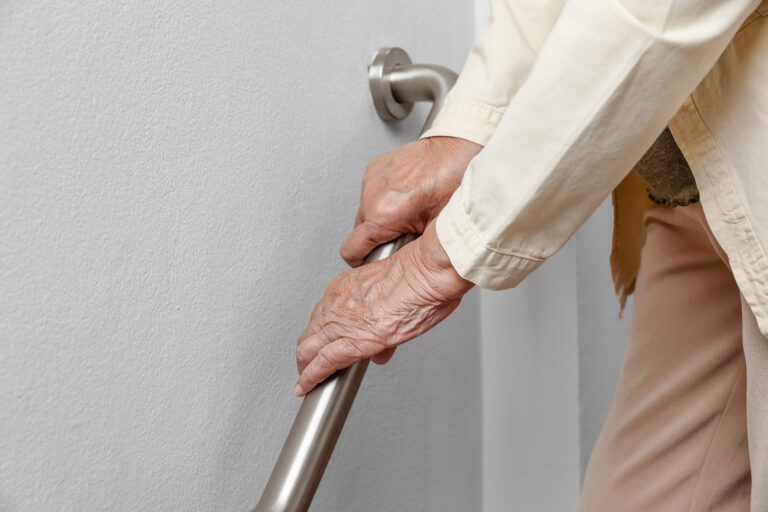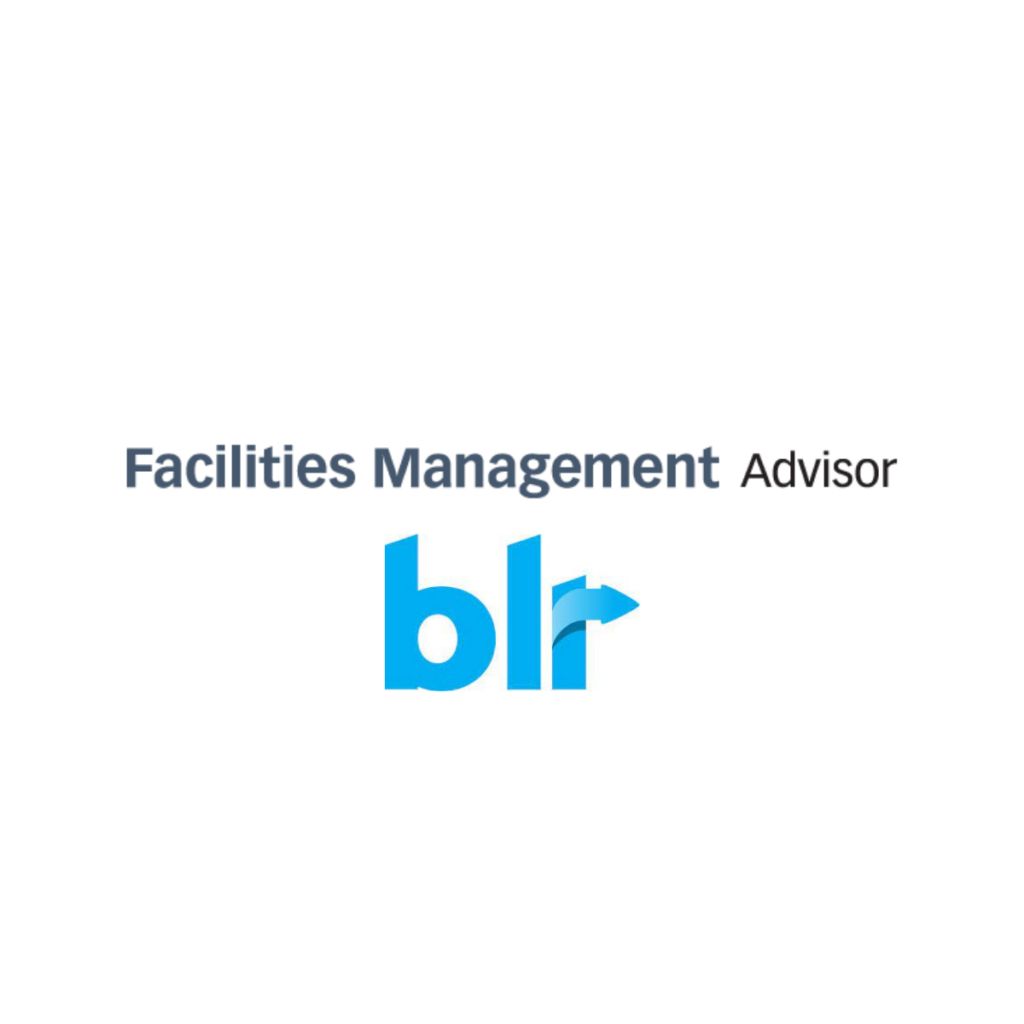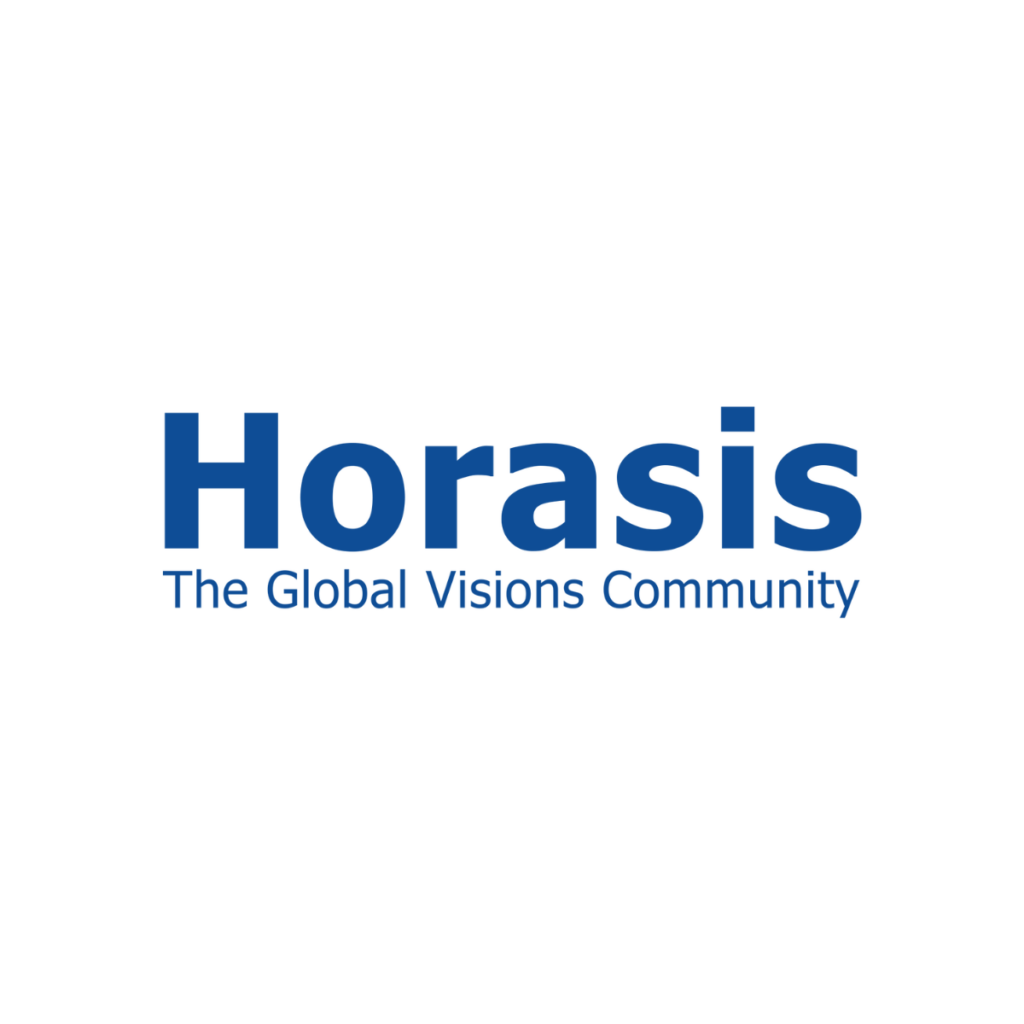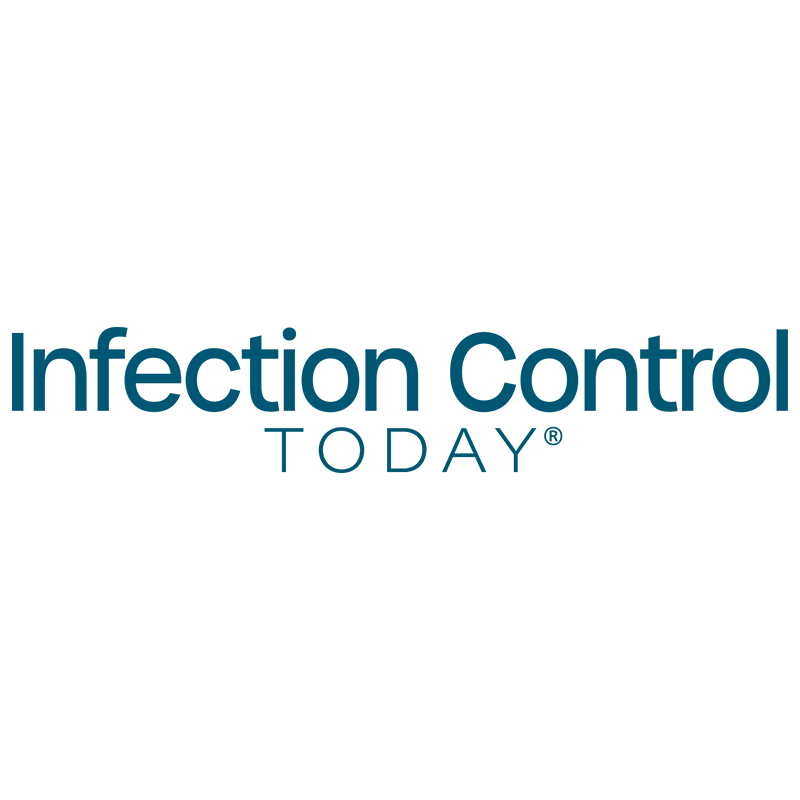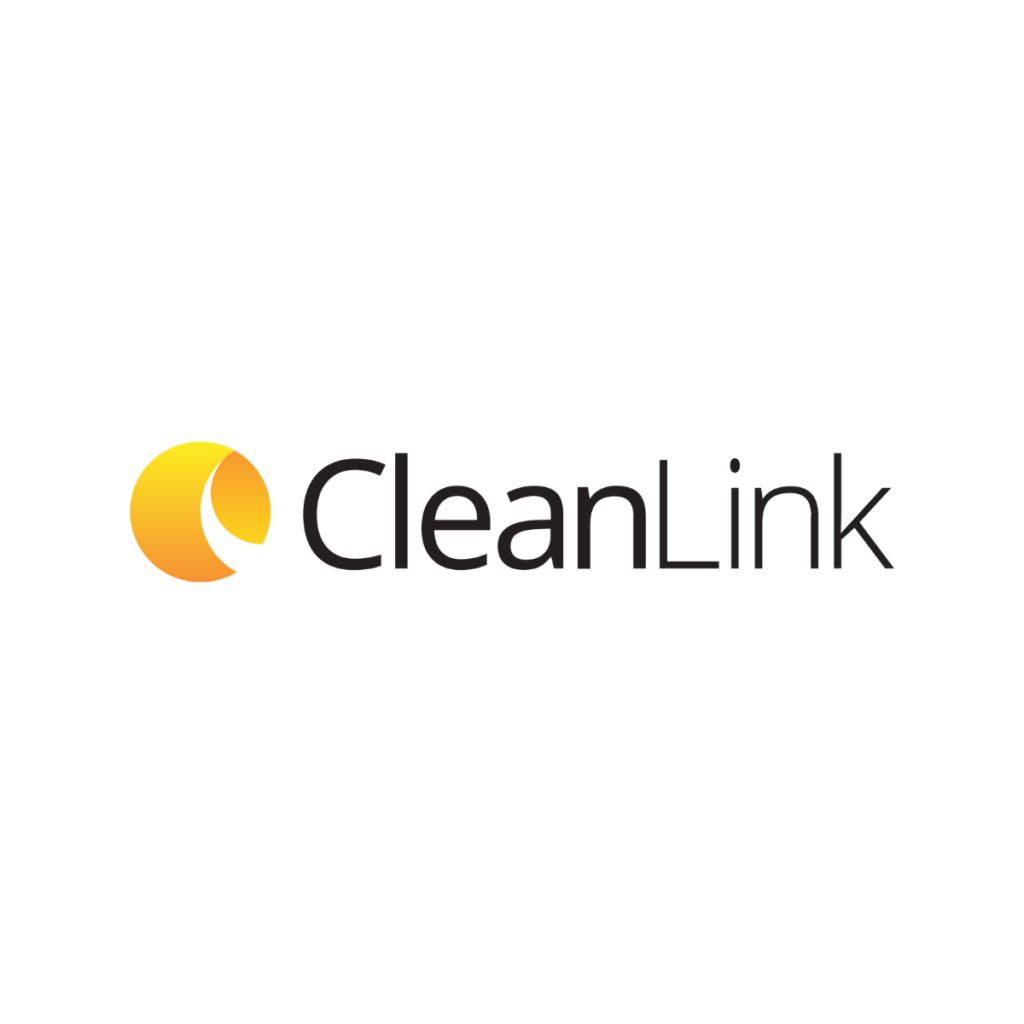Even before Covid-19 made headlines for its devastating effect on nursing home residents, infectious diseases were a well-established challenge for the long-term care industry. Since 2010, infection rates “have risen from the 8th most common citation [of nursing homes] to the #1 position… Conservative estimates for serious infections in long-term care facilities are from 1-3 million per year.”
The congregant nature of living quarters in senior care facilities, as well as the need for staff to work in close contact with residents, means some spread of disease is probably inevitable. But considering the vulnerability of older adults with weakened immune systems and multiple co-morbidities, it’s critical to neutralize these pathogens whenever possible.
Risks of infectious diseases from fecal matter in senior care facilities
In the aftermath of the pandemic, most people understandably associate infectious disease in nursing homes with airborne transmission. There’s no doubt this remains a serious problem, especially in the winter months when RSV, flu, and other respiratory illnesses are highly prevalent.
But a study released this year reveals another vector of disease that’s easy to overlook: fecal matter. Of 337 high-touch surfaces across eleven separate long-term care facilities, over 90% tested positive for a fecal indicator virus or had organic material levels that resulted in failing ATP cleanliness scores.
According to Kelly Reynolds, a microbiologist at the University of Arizona, “Many fecally transmitted microbes can cause disease at very low levels (1-10 organisms).” Among these are norovirus, which causes diarrheal illnesses and disproportionately affects people in long-term care facilities.
Unsurprisingly, the results are often tragic: long-term care residents are four times as likely to die from gastroenteritis and account for over 17% of deaths due to diarrheal disease as of 2010. In addition, urinary tract infections, pneumonia, and skin and soft tissue infections are common in long-term care centers as well.
A vicious cycle
Worse still, this prevalence of infectious diseases calls for frequent use of antibiotics, which in turn has given rise to a spike in resistant bacterial strains in long-term care settings. The resulting illnesses are often difficult to treat, requiring residents to be transferred to hospitals and contributing to the further spread of these “superbugs” (which the World Health Organization has labeled a top threat to humanity). In general, extended hospital stays have been proven to be a common source for all manner of infectious disease in long-term care residents. This vicious cycle becomes difficult to break.
With respect to fecal matter, nursing homes have their work cut out for them. More than half of residents suffer from incontinence, requiring intense care and monitoring. Yet in many facilities, staff is already stretched thin due to labor shortages and high turnover. While there’s no replacement for a high level of patient care, modernized cleaning and disinfection practices are a crucial aspect of any effective infection control strategy.
Combatting fecal matter and other disease vectors
New technology has emerged that allows long-term care centers to take new strides in combating contaminants like fecal matter, as well as other vectors of transmission in their facilities. Take electrolyzed water generators, which can produce a disinfectant solution that is 80-120 times stronger than bleach – while also being non-toxic for human beings and the environment – along with a powerful cleaner and degreaser.
Both solutions are remarkably versatile. The disinfectant can neutralize pathogens rapidly with low dwell times, making it extremely powerful as well as simple and easy to use – this is crucial for understaffed senior care facilities dealing with a range of diseases in the winter months and throughout the year. With the use of an electrostatic sprayer, cleaning staff can quickly and comprehensively disinfect high-touch surfaces. The cleaner, meanwhile, is effective against grease and mold, eliminates odor, and can be used on hard or soft surfaces.
Companies like Viking Pure manufactures a patented electrolyzed water generator that can be installed onsite at long-term care facilities. The system produces the solutions by running an electric current through a simple mixture of water and salt (none of which ends up in the final product to corrode valuable equipment).
As our population ages, the perennial problem of environmental cleanliness in senior care facilities is only going to grow more acute. With electrolyzed water, they can rise to the challenge by bringing their cleaning and disinfection processes into the 21st century.
